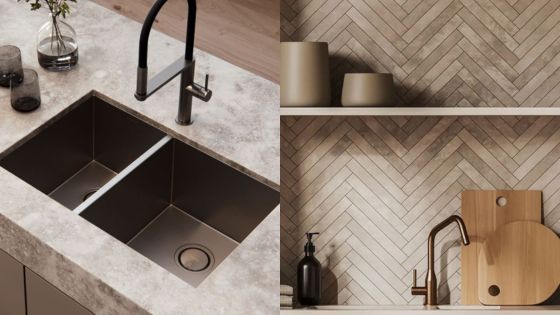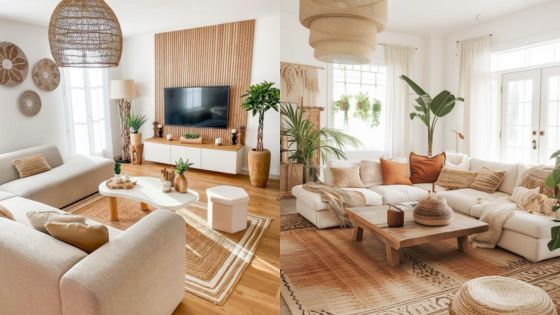Freelance web design offers a unique blend of creativity and flexibility that many professionals find appealing. By mastering a few essential strategies, you can enhance your skills, attract clients, and grow your career in this competitive field.
As a freelance web designer, navigating the challenges of client acquisition and project management is crucial. Understanding key tips can help you streamline your workflow and improve your overall effectiveness in delivering high-quality design work.


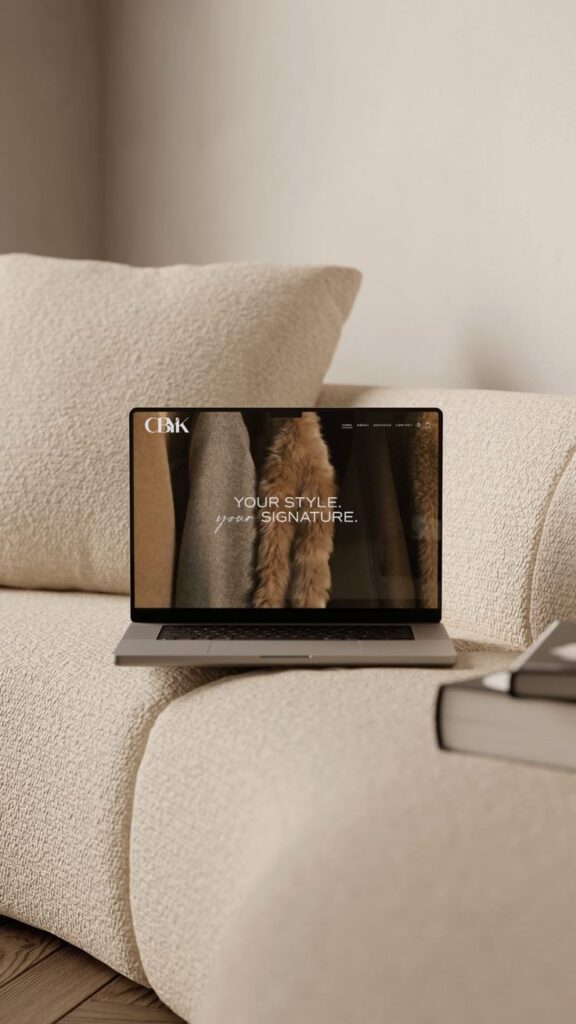
1) Optimize Your Portfolio
Your portfolio is a critical tool for attracting clients. Ensure it showcases your best work and reflects your style. Highlight projects that demonstrate your range of skills.
Use high-quality images and provide context for each project. Brief descriptions that explain your role and the challenges you overcame can add depth. Clients want to see how you approached problems and delivered solutions.
Keep your portfolio updated. Regularly add new projects and remove outdated ones to maintain relevance. This will show prospective clients that you are active and evolving in your field.
Consider organizing your work into categories or themes. This allows potential clients to find relevant examples quickly. A well-structured portfolio enhances user experience and keeps visitors engaged.
Don’t forget to include testimonials from past clients. Positive feedback adds credibility and can influence decision-making. Make sure to ask for permission before displaying any client work.

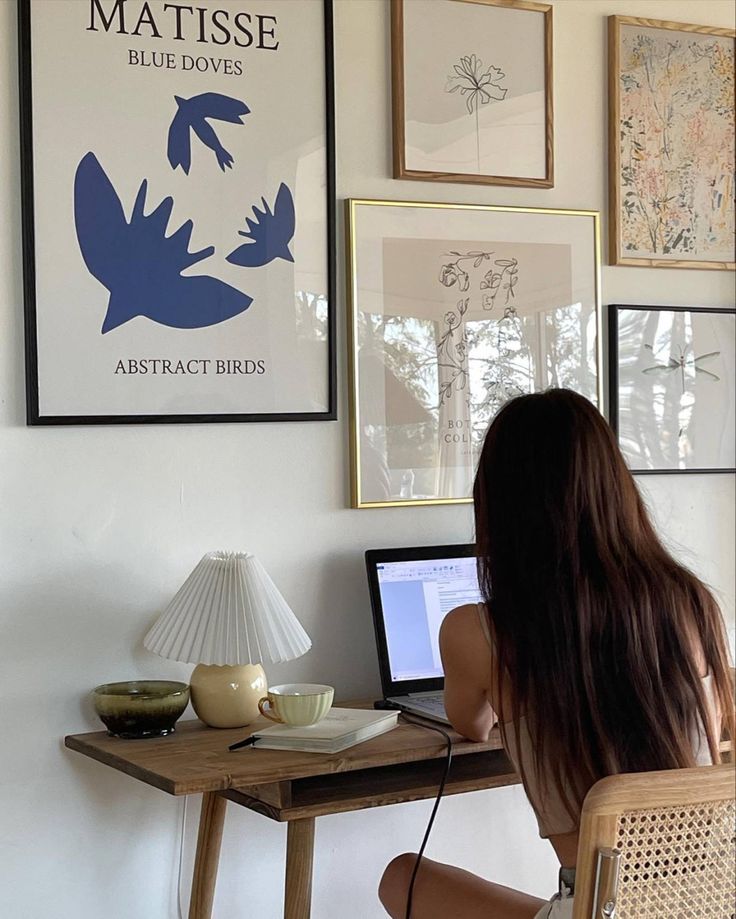
2) Set Clear Client Boundaries
Establishing clear boundaries with clients is essential for a successful freelance career. It helps you maintain control over your workload and ensures a professional relationship.
Define your working hours and communicate them upfront. Let clients know when you are available for meetings and response times for emails.
Be specific about project scope and deliverables. This clarity prevents clients from making last-minute requests that can disrupt your schedule. Document everything in a contract to avoid misunderstandings.
Establish payment terms early. Clearly outline your fees and payment schedule, including deposits or milestones. This practice reduces the chances of late payments.
Learn to say no when necessary. If a request falls outside your agreed terms or capacity, politely decline. Setting these limits will help you manage stress and maintain a healthy work-life balance.

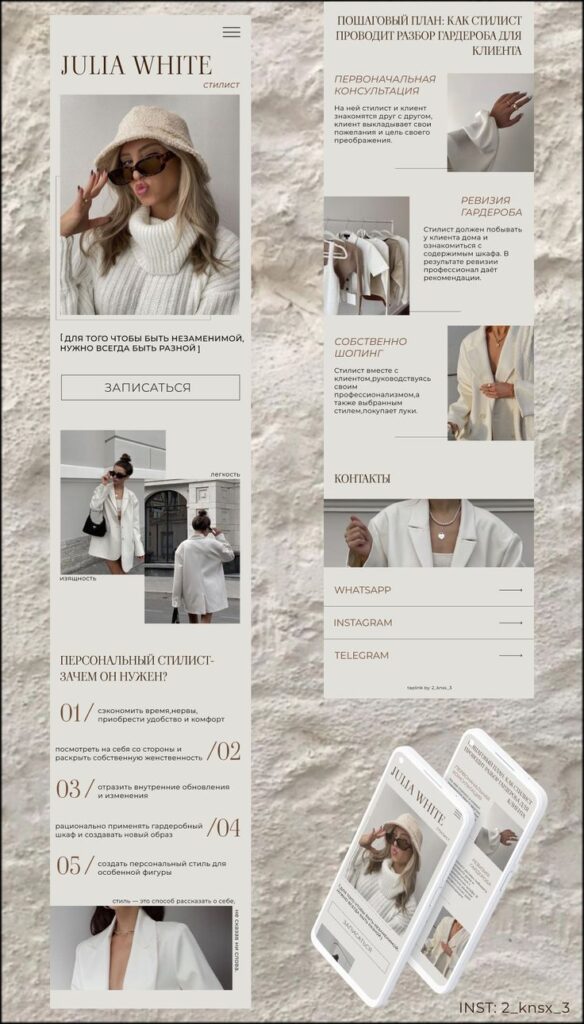
3) Utilize Up-to-Date Tools
Staying current with the latest web design tools is crucial for enhancing your productivity and creativity. Tools evolve rapidly, offering new features that can streamline your workflow. Familiarize yourself with popular design software like Figma, Sketch, and Adobe XD.
Using modern development frameworks such as React or Vue.js can significantly improve your coding efficiency. They offer components that simplify building responsive user interfaces. Additionally, ensure your coding practices incorporate the latest HTML, CSS, and JavaScript standards.
Keeping your design tools updated prevents compatibility issues that can arise from using outdated versions. Regularly check for updates and explore newly released plugins that can add functionality to your projects.
Utilizing cloud-based tools can also improve collaboration with clients and team members. Platforms like Trello or Asana help you manage projects effectively. They create a clear structure for communication and feedback, which is essential for remote work.
Incorporating these up-to-date tools can elevate the quality of your work while saving you time and effort. Make it a habit to explore new resources and techniques to stay competitive in the freelance market.


4) Join Design Communities
Joining design communities can significantly enhance your freelance career. These platforms provide networking opportunities and valuable insights from other professionals.
You can find support, share your work, and receive feedback. Engaging with peers helps you stay updated on industry trends and best practices.
Consider joining online forums, social media groups, or local meetups. Participating in discussions allows you to learn from others’ experiences.
Contributing to these communities can also lead to potential collaborations. Building relationships with fellow designers may result in referrals or projects.
Look for platforms that align with your interests and skills. This targeted approach ensures that you connect with like-minded professionals.
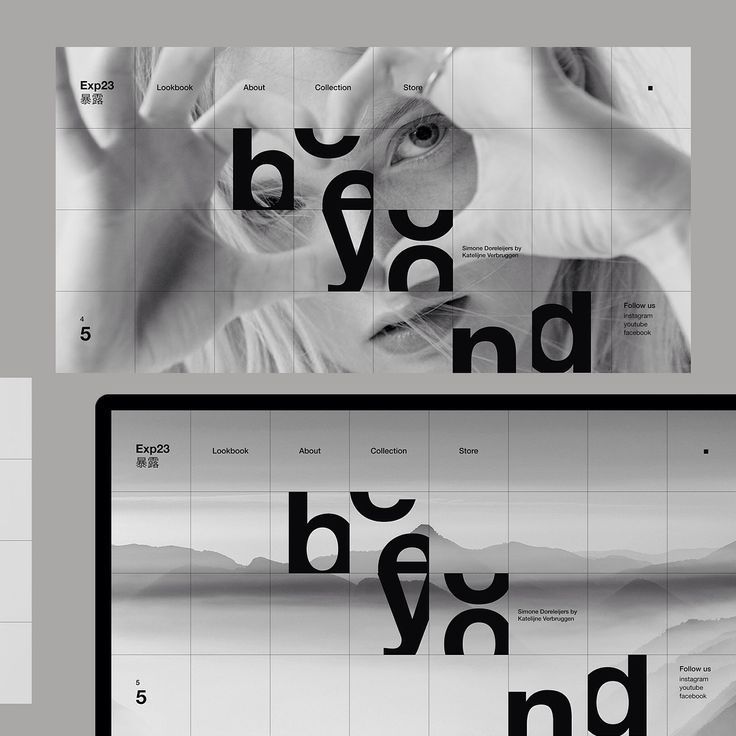
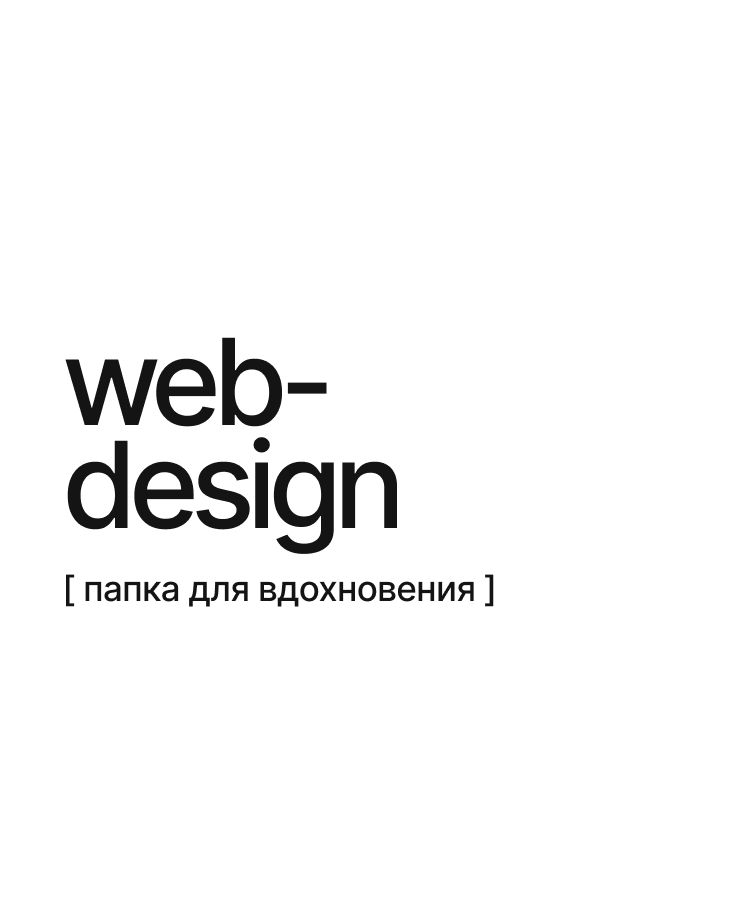
5) Continuously Update Skills
As a freelance web designer, staying current with industry trends is essential. Technology evolves rapidly, and skills that were in demand a year ago may no longer suffice.
Make a habit of dedicating time each week to learn new tools and techniques. Online courses, tutorials, and webinars are excellent resources for enhancing your skill set.
Networking with other professionals can provide insights into emerging trends. Join online communities or attend local meetups to stay connected and informed.
Consider specializing in areas that are gaining popularity, such as responsive design or UX/UI principles. These skills can set you apart from competitors.
Regularly revisit your portfolio and ensure it reflects your latest skills. Showcasing your most recent work can attract potential clients and demonstrate your ongoing development.


Enhancing Client Communication
Effective communication with clients is essential for successful freelance web design. By setting clear expectations and utilizing contract terms effectively, you can foster a positive working relationship and minimize misunderstandings.
Setting Clear Expectations
Establishing clear expectations at the beginning of a project can prevent confusion later. Clearly outline project scopes, timelines, and deliverables. Use bullet points or lists to present this information:
- Project Scope: Detail the features and functionalities expected.
- Timeline: Provide milestones and deadlines.
- Deliverables: Specify what the client will receive at each stage.
Frequent check-ins during the project can help ensure that both you and the client remain aligned. Use emails, scheduled calls, or project management tools to keep communication open. This proactive approach allows you to address any concerns early, leading to a smoother process.
Effective Use of Contract Terms
Your contract serves as a crucial communication tool. It should define roles, responsibilities, and the project’s terms to avoid disputes. Key elements include:
- Payment Terms: Clearly state the payment structure (e.g., deposits, milestones).
- Revisions: Specify how many revisions are included in the project scope.
- Termination Clauses: Outline conditions that may lead to project termination.
A well-crafted contract protects both you and the client. When discussing contract terms, explain each section to ensure your client fully understands what they are agreeing to. This transparency builds trust and reduces the likelihood of conflicts during the project.
Managing Workload Efficiently
Effective management of your workload is crucial for freelance web designers to maintain productivity and meet client expectations. Utilizing appropriate tools and techniques will streamline your workflow and help you work more effectively.
Time Management Tools
To keep your projects on track, consider using time management tools such as Trello, Asana, or ClickUp. These platforms allow you to organize tasks visually, making it easier to monitor progress.
Additionally, using a time-tracking tool like Toggl or Harvest can provide insights into how much time you spend on various tasks. This information helps in identifying areas where efficiency can be improved and assists in accurate billing for your clients.
Set specific deadlines within these tools to stay accountable. Use notifications and reminders to keep important tasks top of mind. Regularly reviewing completed tasks can enhance your planning for future projects.
Prioritization Techniques
Establishing priorities is essential to manage your workload effectively. One useful technique is the Eisenhower Matrix, which categorizes tasks based on urgency and importance. This method helps you focus on high-priority tasks instead of getting caught up in less critical duties.
Another effective approach is the ABC method. Label tasks as:
- A: Must-do today
- B: Important but can wait
- C: Low priority
By organizing tasks this way, you can systematically tackle your workload.
Consider using the Pomodoro Technique, which involves working in focused bursts followed by short breaks. This method keeps your energy levels up and minimizes burnout, allowing you to maintain a steady work pace.
Continuous Skill Improvement
To thrive as a freelance web designer, it’s essential to commit to continuous skill improvement. This involves staying abreast of industry trends and evolving your skill set to meet current demands.
Staying Updated With Industry Trends
Staying updated with industry trends is vital for maintaining relevance. Follow popular design blogs, podcasts, and forums. Examples include:
- Smashing Magazine
- A List Apart
- CSS-Tricks
Engage with community discussions to gain insights on new tools and methodologies.
Social media platforms like Twitter and LinkedIn can also provide real-time updates from industry leaders. Joining online groups or attending webinars enhances your understanding of emerging technologies and customer expectations.
Consider subscribing to newsletters that summarize the latest trends, ensuring you receive curated information regularly. This consistent engagement will support your growth and adaptability as a freelance designer.
- 1.3Kshares
- Facebook0
- Pinterest1.3K
- Twitter0
